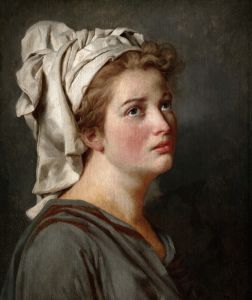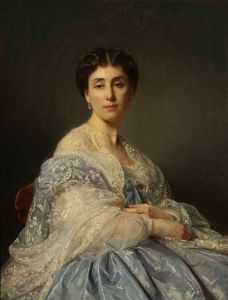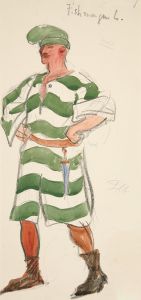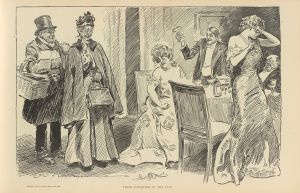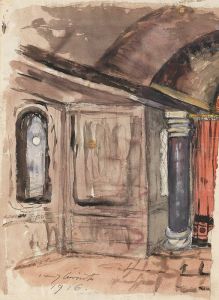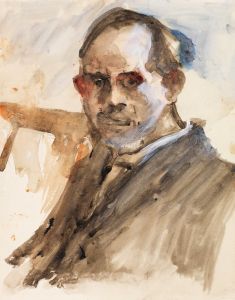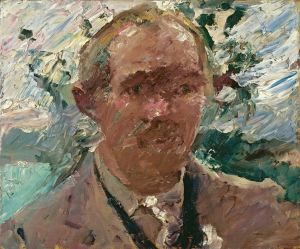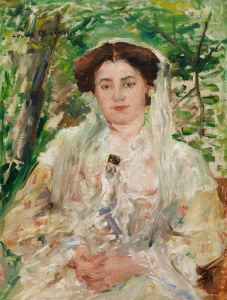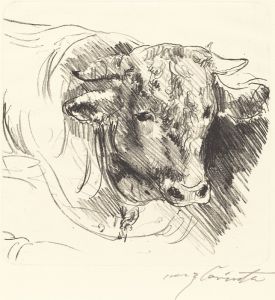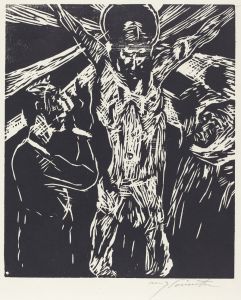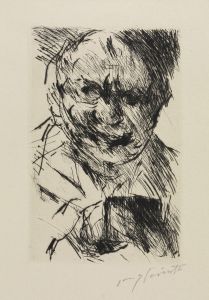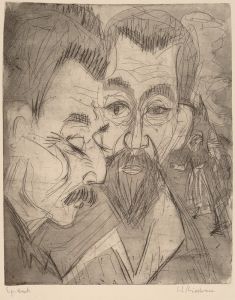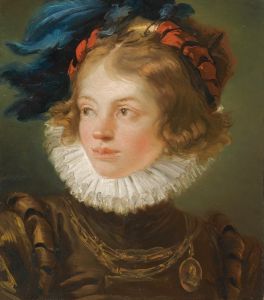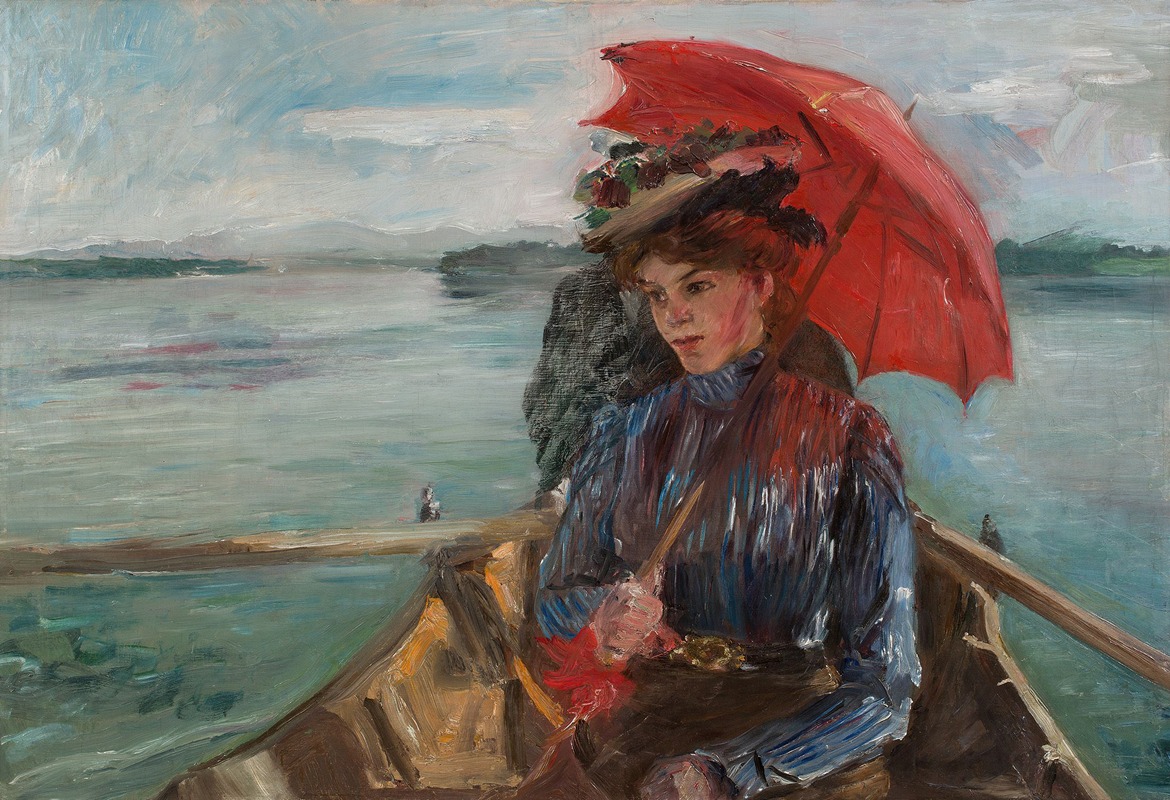
Fräulein Heck
A hand-painted replica of Lovis Corinth’s masterpiece Fräulein Heck, meticulously crafted by professional artists to capture the true essence of the original. Each piece is created with museum-quality canvas and rare mineral pigments, carefully painted by experienced artists with delicate brushstrokes and rich, layered colors to perfectly recreate the texture of the original artwork. Unlike machine-printed reproductions, this hand-painted version brings the painting to life, infused with the artist’s emotions and skill in every stroke. Whether for personal collection or home decoration, it instantly elevates the artistic atmosphere of any space.
Lovis Corinth's painting Fräulein Heck is a portrait created by the German artist in 1884. Corinth, a prominent figure in German Impressionism and later Expressionism, was known for his ability to capture the individuality and emotional depth of his subjects. This work is an early example of his portraiture, created during his formative years as an artist.
The painting depicts a young woman, identified as Fräulein Heck, though little is known about her identity or her relationship with the artist. The portrait showcases Corinth's academic training, which he received at the Academy of Fine Arts in Munich and later in Paris under the tutelage of prominent academic painters. During this period, Corinth was heavily influenced by traditional portraiture techniques, which are evident in the meticulous rendering of the subject's features and the attention to detail in her attire.
In Fräulein Heck, Corinth employs a restrained color palette and a naturalistic style, reflecting the academic conventions of the time. The subject is portrayed with a calm and composed demeanor, her gaze directed slightly away from the viewer. The background is kept simple, ensuring that the focus remains on the sitter. This approach aligns with the 19th-century portrait tradition, which emphasized the character and social status of the subject.
While Fräulein Heck is not as widely recognized as some of Corinth's later works, it provides valuable insight into his early artistic development. The painting demonstrates his technical skill and his ability to convey the personality of his subjects, qualities that would later define his mature style. Over time, Corinth's work evolved to incorporate more dynamic compositions, expressive brushwork, and vibrant colors, but Fräulein Heck remains a testament to his solid foundation in academic realism.
Today, Fräulein Heck is part of the collection of the Museum Kunstpalast in Düsseldorf, Germany. The museum houses a significant number of Corinth's works, offering a comprehensive view of his artistic journey. The painting is appreciated for its historical significance and its role in illustrating the early stages of Corinth's career.





